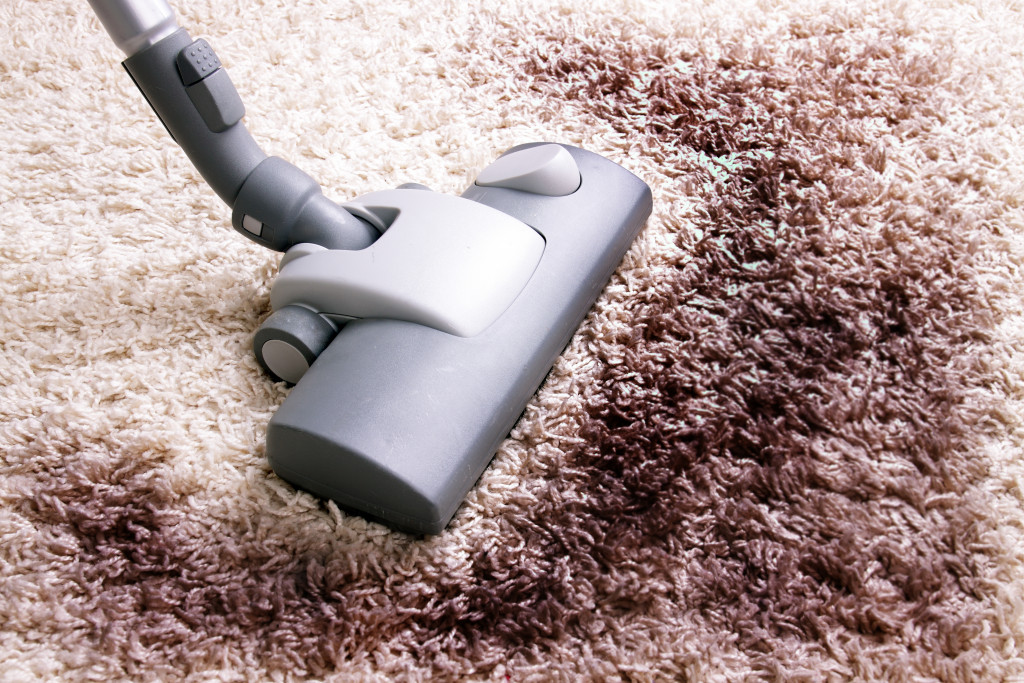- Mud accumulation in front lawns is commonly caused by poor drainage, heavy foot traffic, erosion, and pet waste.
- Mud can render front lawns unattractive, attract pests, and create inconvenience due to its stickiness and messiness.
- The detrimental effects of mud include grass damage, attracting pests that pose health risks, and making lawns difficult to traverse.
- Preventive strategies include installing a French drain, proper grading, creating a rain garden, mulching, and using high-quality sod.
- Regular maintenance, limiting foot traffic, and choosing the right grass for your lawn can ensure a mud-free, attractive outdoor space.
Mudslinging is a term commonly associated with politics but also a problem for homeowners with mud in their front lawns. Mud in your front yard can be aesthetically unappealing, attract pests, and damage your lawn. If you are experiencing this problem, knowing what causes mud accumulation in your yard and how to prevent it is essential. Here are the issues of having mud in your front lawn and how to avoid it.
Mud in Your Front Lawn
It’s estimated that American lawns cover up to 50 million acres of land . With that much space dedicated to lawns, it’s not surprising that many homeowners experience problems with mud in their front yards. Some of the most common causes of mud accumulation include:
- Poor drainage: This is the most common cause of mud in front lawns. When water cannot properly drain from your yard, it pools and creates muddy areas. This can be caused by compacted soil, improper grading, or clogged gutters.
- Heavy foot traffic: Repeatedly walking over the same area can compact the soil and prevent proper drainage. This can result in muddy walkways or patches of mud on your lawn.
- Erosion: If your yard is on a slope, erosion can occur and cause mud to wash down onto your lower areas.
- Pet waste: Dog urine and feces can create muddy spots in lawns because they contain high levels of nitrogen and salt, which burn the grass and kill the plants, making it easier for mud to form.

Problems Caused by Mud in Your Front Lawn
Having mud on your front lawn is unsightly and can cause problems for you and your home. Some of the issues that can arise from mud accumulation include:
Unattractive Front Lawn
Mud in your front lawn can result from many factors, such as heavy rainfall, poor drainage, and foot traffic. When the soil in your yard cannot absorb all the water, it creates mud pools. Mud accumulation can not only make your lawn look unattractive, but it can also cause damage to your grass . The weight of the mud can be too heavy for the grass, causing it to die eventually. Having mud in your front lawn can cause significant damage to your lawn that may lead to costly repairs in the future.
Attract Pests
Mud in your front lawn can also attract pests such as wasps , mosquitoes, rodents, and other insects. These pests are attracted to the moist environment that the mud creates. The stagnant water can serve as a breeding ground for these pests, posing health risks to you and your family. Pests can also cause damage to your property by chewing on wires and walls, among other things.
Inconvenience
Walking on muddy lawns can be a nightmare. If you have children or pets or entertain guests often, having mud on your lawn can inconvenience them. Mud can stick to their shoes and leave dirty tracks on your floors, creating a more significant mess to clean up. It is sticky, messy, and slippery, causing accidents and injuries.
Prevention
Thankfully, several ways to prevent mud accumulation in your front yard exist. These include:

French Drain
Installing a French drain is one of the best ways to prevent mud in your lawn. It is a trench filled with gravel or rock, which helps redirect water away from your lawn and into a drainage area . This is an effective solution for yards that have poor drainage.
Grading
Proper grading can also help prevent mud buildup in your front yard. The slope of your lawn should be angled away from your home so water does not pool and create mud. Consider adding gentle slopes to help drainage if you have a flat lawn.
Rain Garden
A rain garden is another way to prevent mud accumulation in your front yard. It is an area planted with native plants that absorb excess water and reduce runoff. This helps prevent mud, promotes biodiversity, and provides a habitat for pollinators.
Mulching
Mulching can also help prevent mud on your front lawn. Mulch helps retain moisture in the soil and prevents erosion, reducing the mud in your yard.
Pallet of Sod
Lastly, it’s essential to use the right grass for your lawn. A high-quality pallet of sod can help prevent mud accumulation in your front yard. Sod is grown to be dense and can withstand foot traffic and heavy rainfall, preventing mud from forming.
Having mud in your front lawn can be a nuisance, but it doesn’t have to be a permanent problem. By understanding the causes and consequences of mud accumulation and implementing preventive measures, you can maintain a healthy and attractive front lawn. Remember to regularly check and maintain your yard’s drainage system, limit foot traffic on your lawn, and use the right grass for your climate. With these tips, you can prevent mud from ruining your front lawn and enjoy a beautiful outdoor space all year round.




